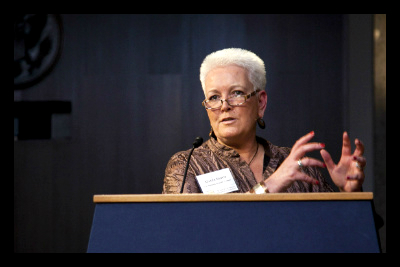
“Could each of you tell me the purpose of the United States giving economic assistance to other countries?” These were the words Senator Bob Corker used to kick off the debate over the effectiveness of current U.S. allocations, and the purpose of U.S. assistance to the developing world.
In general, all of the witnesses agreed that the purpose of U.S. assistance to the developing world is to promote economic growth and the conditions that sustain it, but each participant expressed nuances regarding how this goal can be accomplished.
Dr. Jeffrey Herbst, CEO of Newseum, believes that the key to improving U.S. assistance is to ensure the accountability of recipient governments. In his introductory remarks, he recommended that countries meet certain performance outcomes or be subject to the withdrawal of aid.
“If the recipient country is not committed,” said Herbst, “to private sector growth and a dynamic economy, then no matter what the design of foreign assistance is…the aid is not going to have a significant effect.”
But this is also a matter of perspective. Alicia Phillips Mandaville, Vice President of Global Development at InterAction, explained that many of the factors affecting program success are overlooked due to a lack of technical tools. Mandaville emphasized growth diagnostics and cost-benefit analyses to determine the real obstacles to growth and whether those can be overcome in the long term.
For instance, Mandaville pointed out that one common barrier to growth in West African countries is poor infrastructure. Roads there are congested and do not accommodate large transport vehicles, so the perceived solution is to simply make an infrastructure investment.
However, from a technical point of view, high transport costs are created not by the macro-situation, but rather by its surrounding actors. “The problem is that there are three different ministries allowed to set up safety checkpoints,” Mandaville explained. “So you’ve tripled the instances for graft, and you’ve slowed down speed by threefold.”
Mandaville and Herbst’s examples underscore this trend of awarding targeted aid programs to countries with strong records of good governance.
To round out this idea, Dr. Todd Moss of the Center for Global Development stressed that the future of U.S. assistance lies in the public-private partnership. Highlighting initiatives such as USAID’s “Power Africa,” he expressed that “the deployment of commercial capital for public policy purposes” is the greatest enabler of economic growth.
To date, “Power Africa” has secured funds from private actors such as the Africa Finance Corporation ($25 million) and SolarNow ($2 million), combining them with government contributions like those from the Swedish Development Agency ($1 billion).
The conclusion, then, is clear: the purpose of U.S. assistance to the developing world is to enable growth in countries committed to democratic governance. This assistance will compete with that of other donors (such as China) by enforcing metric-contingent funding, and it will promote the public-private investment model as its vehicle for deployment.
These changes are a signal to prospective governments that the U.S. is committed to producing results and not just “buying friends.”
– Alfredo Cumerma
Photo: Flickr
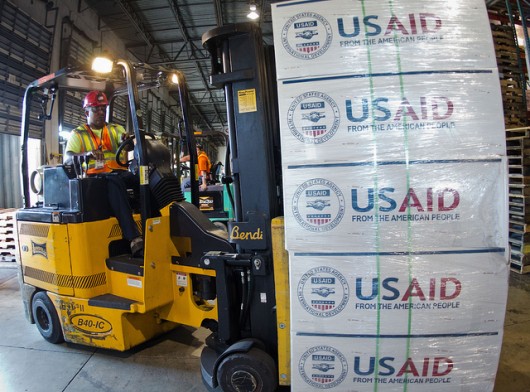 U.S.
U.S.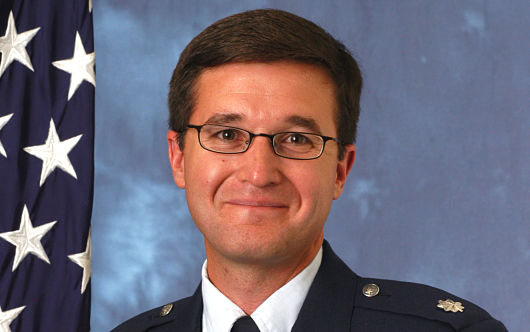

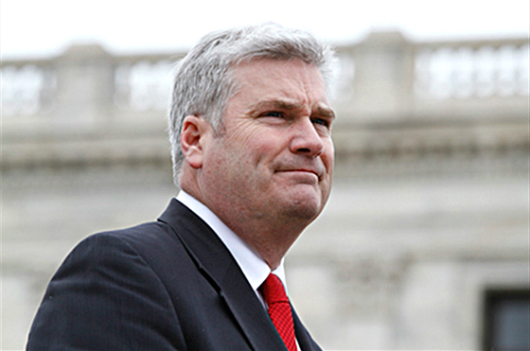
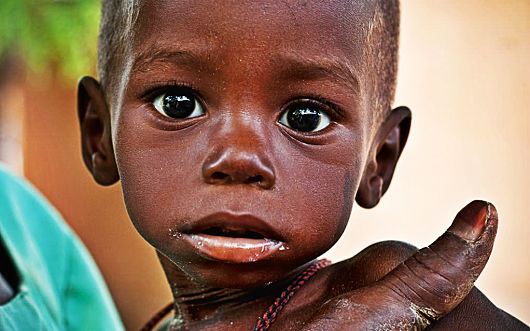 When focusing on the fight against poverty, hunger and malnutrition are two things that are frequently brought up. People tend to have an awareness of the concepts along with their prevalence, yet many facts tend to be ignored in discussions relating to malnutrition. Discussed below are the leading facts about malnutrition and their implications.
When focusing on the fight against poverty, hunger and malnutrition are two things that are frequently brought up. People tend to have an awareness of the concepts along with their prevalence, yet many facts tend to be ignored in discussions relating to malnutrition. Discussed below are the leading facts about malnutrition and their implications.